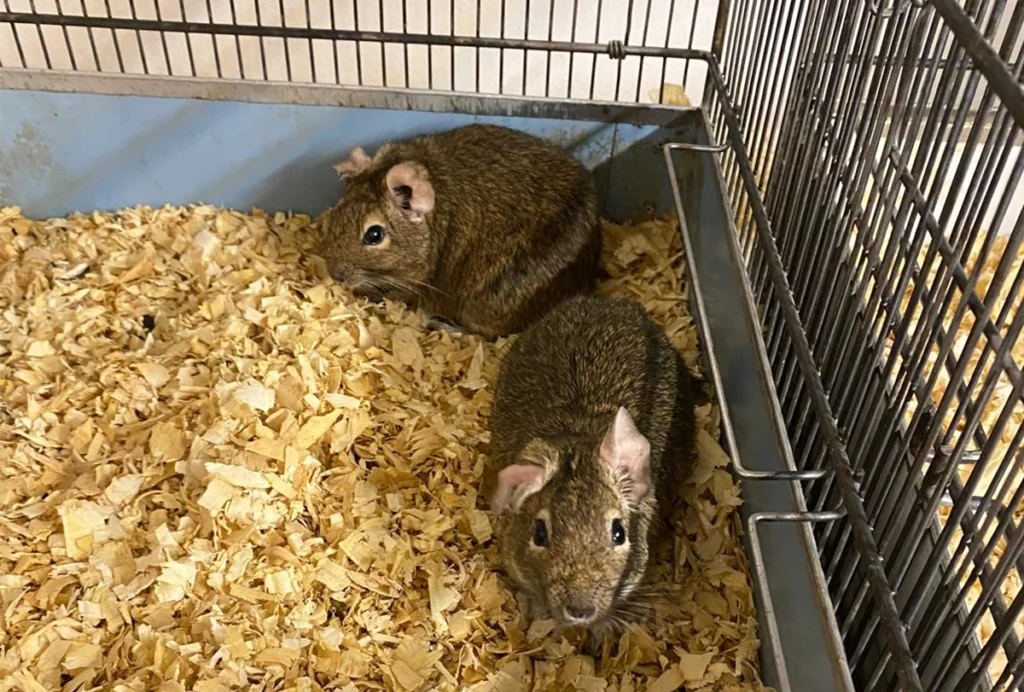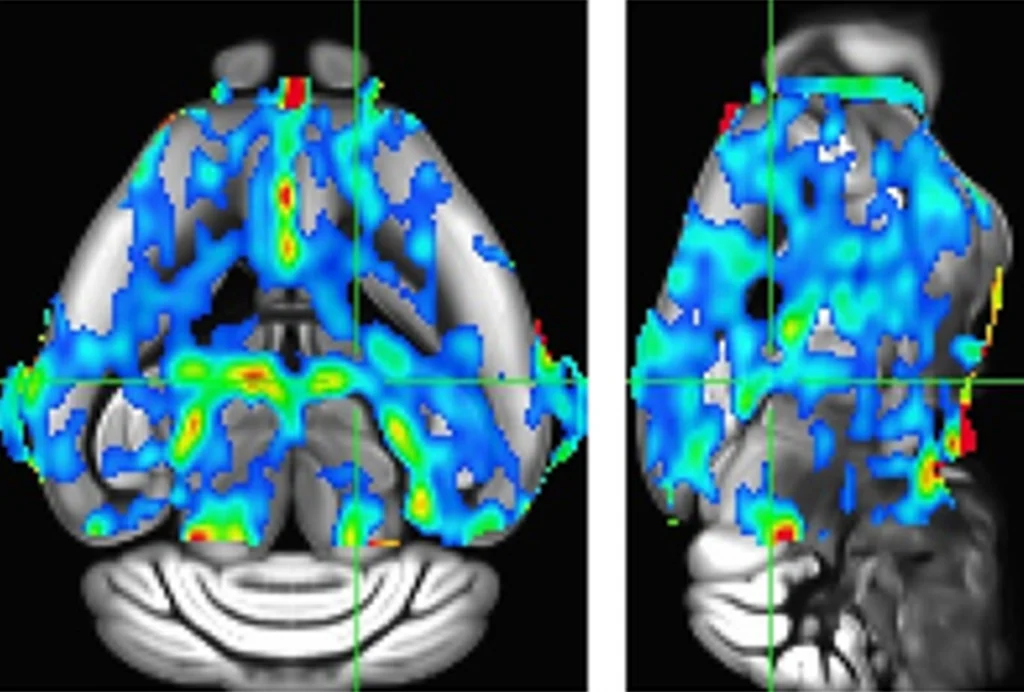An ounce of prevention
Is it possible to prevent autism from developing in the first place?

5800d837-b7ff-2054-b940-8355115a0c9b.jpg
Is it possible to prevent autism from developing in the first place?
We may have at least a hint from a new study launched earlier this month at the University of Washington. The $11.3 million project is based on the fact that siblings of a child diagnosed with autism are at much higher risk for developing the disorder: 1 in every 20 compared with 1 in 150 children in the general population.
Researchers at the UWʼs Autism Center are planning to enroll 200 newborns who have an older sibling with autism. Over the next four years, they will test whether early intervention and therapy can help prevent or alleviate symptoms of autism in those children.
Thereʼs some evidence that early intervention, at a point when childrenʼs brains are still developing, can help, but it’s usually difficult to arrive at a definitive diagnosis of autism before a child is at least 2 years old.
Through the course of the study, researchers plan to identify early risk factors, taking into account genetics, neurobiology and various behavioral measures, to predict which kids go on to develop autism. Kids in the intervention group will be videotaped engaging in, for example, eye contact with mothers, and evaluated at 6, 12 and 24 months of age.
Itʼs a small study, but if the results support the idea that early intervention can prevent ― or, more likely, alleviate ― symptoms of autism, it could have a huge impact on the field.
Explore more from The Transmitter

How inbreeding almost tanked an up-and-coming model of Alzheimer’s disease

